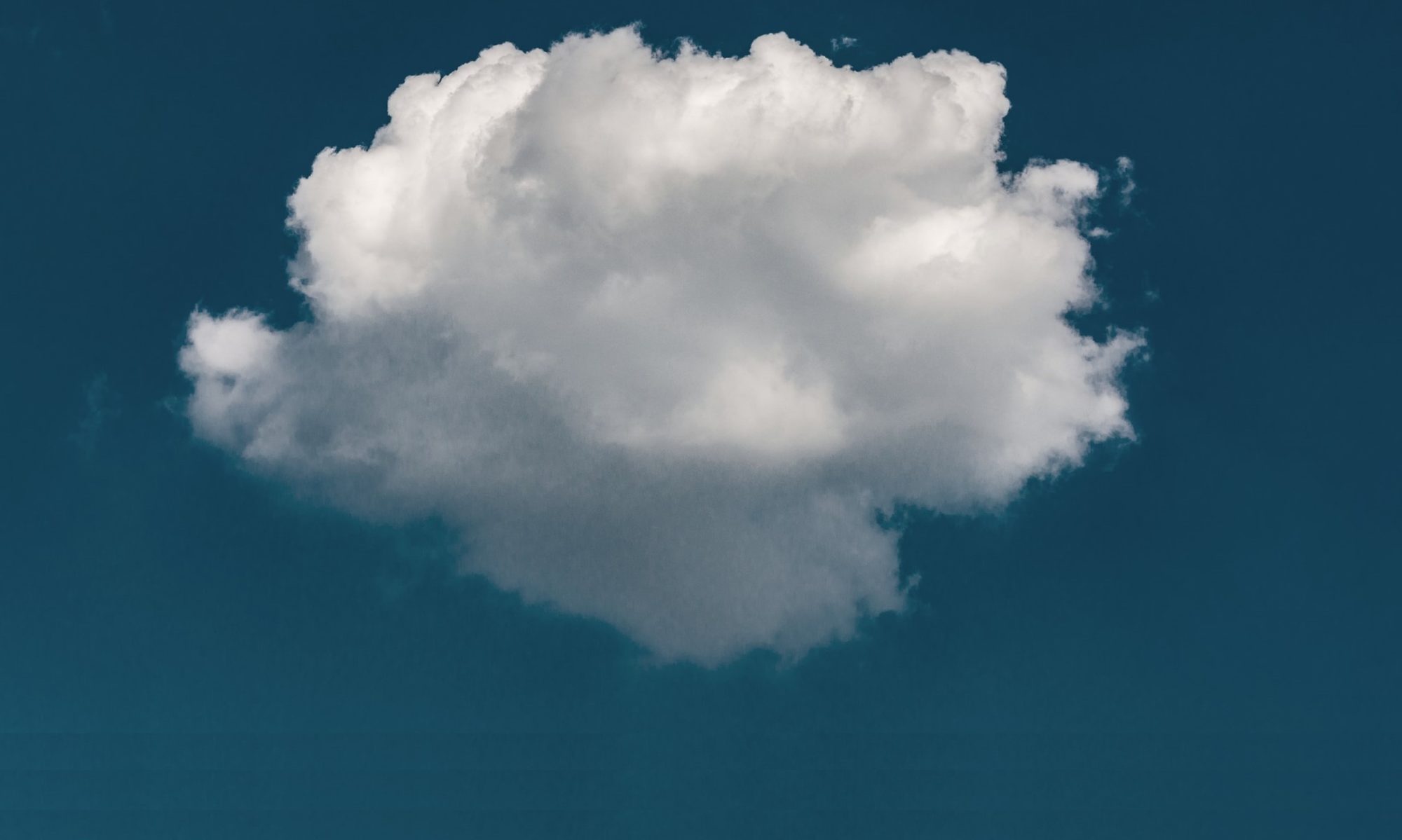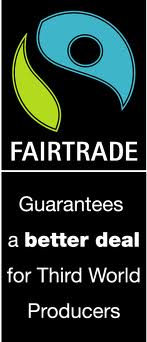 Last week I attending an absolutely fascinating workshop on future trends in retailing.
Last week I attending an absolutely fascinating workshop on future trends in retailing.
Cate Trotter the founder and Head of Trends at Insider Trends was the speaker, and had an impressive knowledge of the key issues affecting on-line and off-line retail business.
Here are my notes from the information packed two hour session:
What are the main trends that will affect retailers over next two to five years?
Why?
Trends are like ocean tides an cannot be controlled, but if you recognise them you can ride them to success.
Who?
There is now a more sophisticated and more connected customer base than ever before.
Segmentation for individuals – more tailored products and stores
Examples:
* Alton Towers’ Sleepover Suite (sponsored by Superdrug) for teenage girls
* Blends for Friends – an online tailored tea store – unique flavours and labels
* Elemis Skinlab – technology to assess skin leading to tailored products
Co-creation such as product modification.
Examples:
* Nokia phone covers – an early example
* Nike iD range of shoes (choose from 60 shoes and select design of each element) – not a new service, but sales up 20% in last year
* Zazzle – uploaded designs printed on thousands of different products – recent sales surge
* Chocri.co.uk and Chocomize.com
Concept development and product development
Examples:
* BMW – asking for ideas for new cars with online voting for favourites
* Denham – store designed around what the customer wants
Use SurveyMonkey – to find out what your customers want, or how about a coffee morning discussion. Much more than just a focus group asking for opinions.
Changing family structure leads to convenience trend
– more singles than married in the UK by 2020
– more single person households in the UK – impacts how people shop – from weekly shop to convenience shopping. Growth from 19bn 2000 to 41bn 2015
– Asda have bough Netto
– Easier payment – Visa PayWave system
– Debenhams – mini-wok is most popular item
– Dinner for one packages
– Waitrose – small stores with fresh food, warm bread, deli
– Reprise of the milkman – milkandmore.co.uk – findmeamilkman.net
What?
Two types of retail – Online vs Offline
Online
– strong advantages
– price and value
– convenience – to your door
Offline
– needs to compete with online success by expanding on…
– experience
– relationships
Don’t get caught in the middle – if you are on the high street, don’t try and compete on price or you will fail
Online Retail
– Moving onto portable devices and digital television
– Growing at 20% a year – more people online – more confidence shopping online
– Brand loyalty reducing online – one click away from a competitor + price comparison engines
– Small business shouldn’t not be drawn into price competition – e.g. with Amazon
– Make shopping easier for your customers – one click shopping – PayPal – clickandbuy.com and buxter.com (for Facebook shopping).
– Move to ‘right first time’ e.g. Levis curve fit
– Problem of home delivery – 10% of deliveries fail first time
– Example of collectplus.com can deliver to home or to a local store (later hours than local Post Office). Makes returns easy with label and convenience store, with post paid if wanted.
The more unique your business the more loyalty you will get from your customers.
Examples:
– Trunkclub.com online personal shopper who makes a commission on clothes bought.
– Plan B Salon – Skype interviewing
– Tissot.ch/reality – create a paper watch which generates facsimile of their designs.

– Neuvomonde.com – watches on your wrist
– Supermarketsarah.com – Portobello Road market in her house – a new photo each week. Also collaborates with designers
Growth of mobile retailing
– Expected to double in next four years, but is still a tiny fraction of sales
– Will use phones to find out about products so website must include phone capability
– Phone apps will grow, but might be out of the reach of small business.
Offline Retail
Examples:
– Abercrombie and Fitch – more of an experience than shopping – all five sense are covered – loud music – A&F scents –
– The Brand Showroom – e.g. Disney Stores – putting the experience before the product
– J Crew (share of life retailing) – a range of products for a particular segment of the market / customer
– Monocle Stores – London, New York, Tokyo, Zurich – sell their magazine plus accessories for readers of the mag
– Mellow Johnny’s in Texas – bicycles, café and related
– Lomography Gallery, London – retail and support services

Competition now comes from other experiences instead of other retailers
e.g. kids, shopping, theme parks
ROBO shopping – Research Offline – Buy Online
Maximise sales by
– selling closer to the time of need – rollasole.co.uk
– selling closer to time of consumption
– exclusives
– charge for stocking goods – ladenshowroom.co.uk in the East End
– own label products – e.g. Apple – use stores to promote products – don’t mind if customers buy online
– Own label – houseoffrasser.co.uk – Dyson have tried a pop-up store
Where?
13% of stores are now empty – lower rate in the South East
Increasing demand for accessible / high street stores
People losing trust in big name brands – moving to local stores and farmer’s markets
Authenticity and localness – you don’t want to be located in a mall
Choose you neighbours carefully – think about pairing up with a like minded business.
Example of A Gold (UK produce) and Verde’s (European produce) in Brushfield street in Spitalfields.
Attention spans on the web are shortening over time.
Store payback time 5-7 years on average
Example wesc.com – using trolleys to keep store fresh
Amorepacific.com use projected displays in store – others use LCD displays
Liberty change signage fonts and colours
Could use posters
Fast moving stock – Zara has 11,000 new products a year
Temporary retail spaces – pop-up-stores – now hitting the mainstream
Toys R Us open up 200 pop-up-stores for seasonal sales
The Secret Restaurant and now The Secret Market (food fair) – marmitelover.blogspot.com
Retail trucks – Adidas pop-up truck – can use Twitter to announce where you are
New mobile app and widget to take credit card payments – squareup.com – 3% charge
How? (including marketing)
Less brand loyalty than in the past
Customers more inclined to listen to each other than conventional advertising
Haulvideos.net – people buy goods and post comments online – leads to discussion
High satisfaction leads to word of mouth and social media
So concentrate on quality delivery rather than low price
Happy customer vs unhappy customer – £600 vs -£400 – Research by a mobile phone company
Nudging customers to promote your products or services
Example:

Foursquare.com and gowalla.com – social media element
– Be interesting – sketch.uk.com
– Tell stories – your customer might want to share – hubbards.co.nz newsletter in every pack
– Educate customers – Editions de Parfums Frederic Malle – sealed chambers
Apple store free workshops
– Make business more interactive – made.com – furniture designed by members of the public with votes to decide
– 4food.com in New York, customers design their own burgers online and save recipe, with 25cents for each one sold
– Swipely.com – records purchases and shares online
– Uniqlo’s Lucky Line for every 26th customer who joined the line – massive social media coverage
Conclusion
Growth rates predicted for next 18 months
Offline 1% – existing £263bn
Online 39% – existing £11bn
The future is customer centric so think P2P Retail – human interactions
– Be human!
– Celebrate your smallness
– Who is your service going to be tailored to?
– What do they like?
– How will you adapt to them?
– How will they change and how will you move with them.
– Be authentic – with innovations which will benefit your customers – connect with your local community
– Be conversational – put the relationship before the sale
– Finding out what your customers think and how to trigger them to promote you.
On a personal note I would strongly recommend signing up to the Springwise newsletter and looking at the Trendwatching website.











